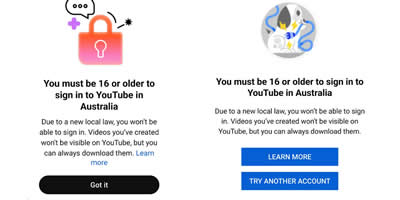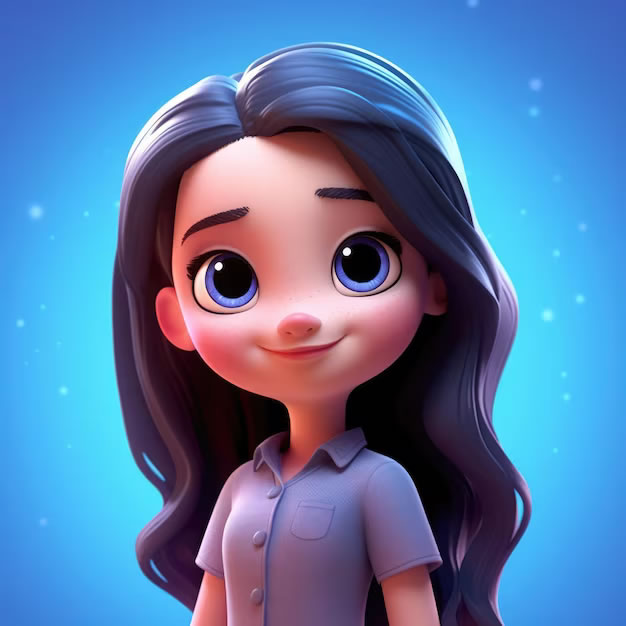Competitive gaming has emerged from the confines of local LAN parties and evolved into a global stage. Once a fringe hobby, esports now draws equal to or significantly greater numbers of viewers, monetary support, and cultural relevance than traditional sports. At the center of that movement are the platforms that are the plumbing of the esports industry: Twitch, YouTube, Facebook, and TikTok. What is significant about these platforms is that they serve as a digital realm where Counter-Strike and Dota 2 are no longer limited to their namesake games, but can practically sit alongside titans of gaming, such as League of Legends, Valorant, and Fortnite. Understanding how these platforms interact with esports is essential to understanding how, in an increasingly complex manner, pixels have become empires.
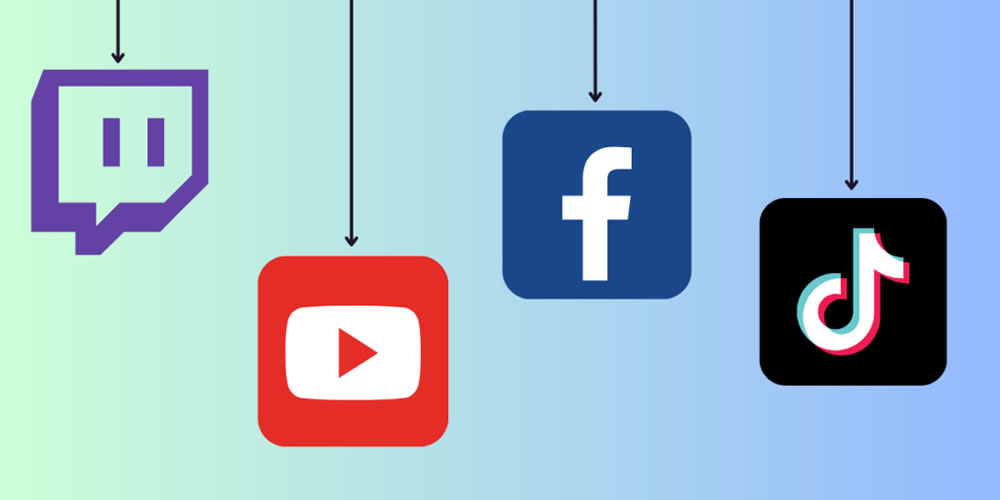
Facebook Gaming: The Community’s Hearth
Facebook launched serious gaming plans with the introduction of Facebook Gaming in 2018. Slow adoption has characterized these plans in the Western Hemisphere, but they are thriving in Southeast Asia and Latin America. Dota 2 and CS: GO competitions are hosted quite frequently on this platform, especially for community and regional tournaments that don't usually find a chance on Twitch or YouTube.
The digital platform's strengths lie in the fact that they integrate it integrates with the existing, established, rather powerful social networks. Fans who follow a team's page receive notifications, alerts, and highlights through their news feed. Top sports teams from smaller regions, such as Infamous Esports from South America or contenders from Southeast Asia, have found Facebook Gaming to be an effective platform for establishing very loyal audiences.

At this, too, the 1win Dota 2 team became popular by taking advantage of Facebook community tools to improve its fan base and directly stream matches to its audience, who may have preferred this platform to others. For many new teams, this type of grassroots engagement is highly important in that it bridges the gap from local fan clubs into the wider esports ecosystem.
Truly, sponsorships feel like Facebook is an experimental site for hyperlocal campaigns to target the specific demographic they want and measure with great accuracy. The analytics allow brands to see exactly how many fans interacted with their logos or promotions, allowing esports partnerships to be data-driven experiments.
Twitch: The Cathedral of Live Esports
One of the earliest incarnations of the live esports world in 2011, Twitch, a spin-off of Justin.tv, grew rapidly after its acquisition by Amazon in 2014, achieving enriched growth with cloud infrastructure. This would allow millions of concurrent viewers to watch at the same time. The unforgettable tournament scenes have included The International for Dota 2 and CS: GO Majors tournaments like the ESL One Cologne series.
It is more than just a tournament venue; on Twitch, professional organizations, including Natus Vincere, Team Liquid, and Astralis, interface with their fans. This monetization model through subscriptions, donations, and ads has ensured that esports teams and streamers alike do well. Sponsorships from brands such as Intel, Red Bull, and Monster Energy have elevated Twitch's status to become sort of the modern Olympic broadcast partner for the gaming industry.
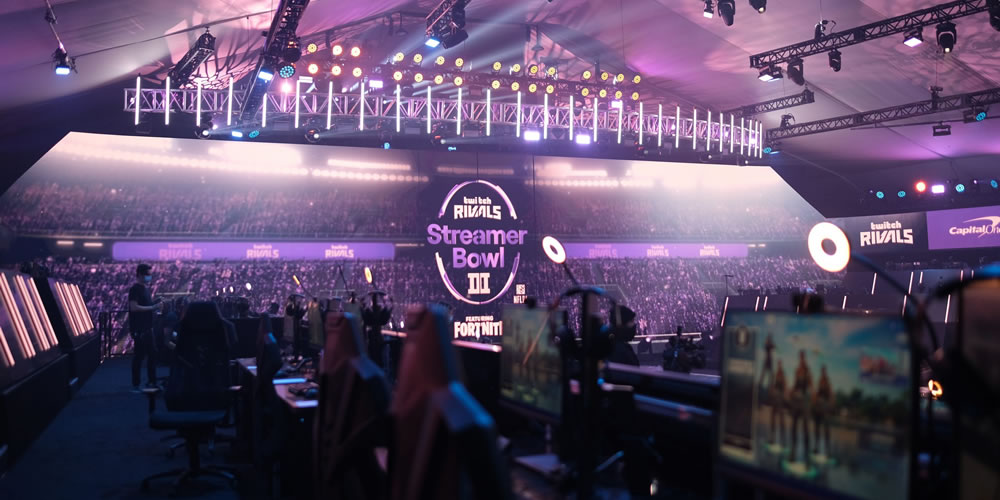
Twitch embeds interactivity into its ecosystem. Live chats, emotes, and real-time audience reactions convert passive viewing into a communal celebration. During finals, audiences attack the chat with choruses and messages, creating an environment that mirrors a real stadium packed with fans and banners.
YouTube Gaming: The Digital Archive and Beyond
If Twitch is the cathedral, YouTube is the library and town square of esports. YouTube Gaming was made official in 2015, but its involvement in esports began much earlier, with highlight reels and recorded matches being shared as early as the early 2000s. Major organizations, like ESL and BLAST Premier, use YouTube's massive audience reach to make tournaments, not just a live experience, but culturally preserved objects.
One of the best things about YouTube is its searchability and permanency. If you abruptly go to sleep and shockingly miss a high-level Dota 2 match late in Singapore, or a CS: GO playoff in Katowice, you can find full replays, interviews, and analysis the next day. This durability and archive aspect has led to a culture of esports historians and analysts who can analyze various playstyles from across the years.

YouTube has secured exclusive broadcasting rights for various events, such as Call of Duty League seasons, highlighting its willingness to battle Twitch head-on. The platform’s integration with Google’s ad system has created lucrative revenue streams for tournament organizers, while sponsors like Adidas, Logitech, and even traditional car brands have seized the opportunity to place their logos before millions of gaming enthusiasts.
TikTok: The Short-Form Spark
Of course, since it only came into space very recently, TikTok is somewhat of a shockwave maker as it is suddenly coming off as being very good at esports promotion. It provides space for 15-60 sec videos, so it is more about instant amazing captures than full matches: "perfectly timed headshot CS: GO, clutch plays Dota 2, behind-the-scenes funny skits," all go viral to reach audiences that may never get to see a full match.
G2 Esports or Fnatic already know the art of mixing competitive highlights with memes, thus making their teams household names on Gen Z. TikTok is redefining an amplifier, turning niche plays and other forms of entertainment into cultural moments that are shared across the internet.
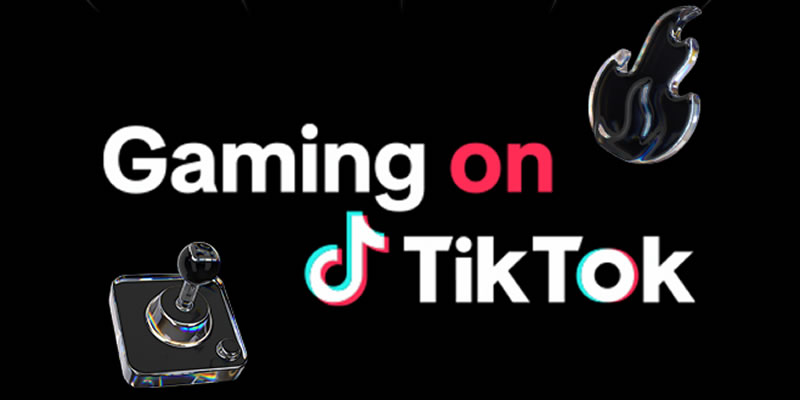
While the ad-driven ecosystem of TikTok is still developing, partnerships with beverage companies, apparel brands, and even crypto firms underscore its promise. It also does an excellent job of producing localized content that enables regional leagues to promote their tournaments in ways that catch the younger audience. Events like Valorant Champions Tour and Fortnite World Cup moments burst onto TikTok - at times reaching more viewers than the original live streams.
Conclusion: The Pulse of a Digital Colosseum
Gone are the days when esports were confined to a physical arena and a particular platform. These days, they make their digital coliseum: Twitch for the live and roaring audience, YouTube for the carefully edited memory, Facebook for the communal bonfire, and TikTok for the quick spark that sets everything ablaze. They form an interconnectedness that makes every kind of fan feel included-from the analyst who watches decade-old replays to the teenager scrolling through a highlight reel between classes.
The cross-platforming means that nothing can ever really disappear in esports; rather, it gets reframed, reinterpreted, and reborn on a stage or two in the digital realm. Like a mosaic of innumerable shards of passion and technology, the very tale of broadcasting esports goes less about a solitary champion and more about that shared resonance it creates. In this ever-evolving story, the platforms get more defined as different elements in a song than mere rivals- a generation's energy encapsulated in their symphony would display worlds unfolding rather than just the games.

















